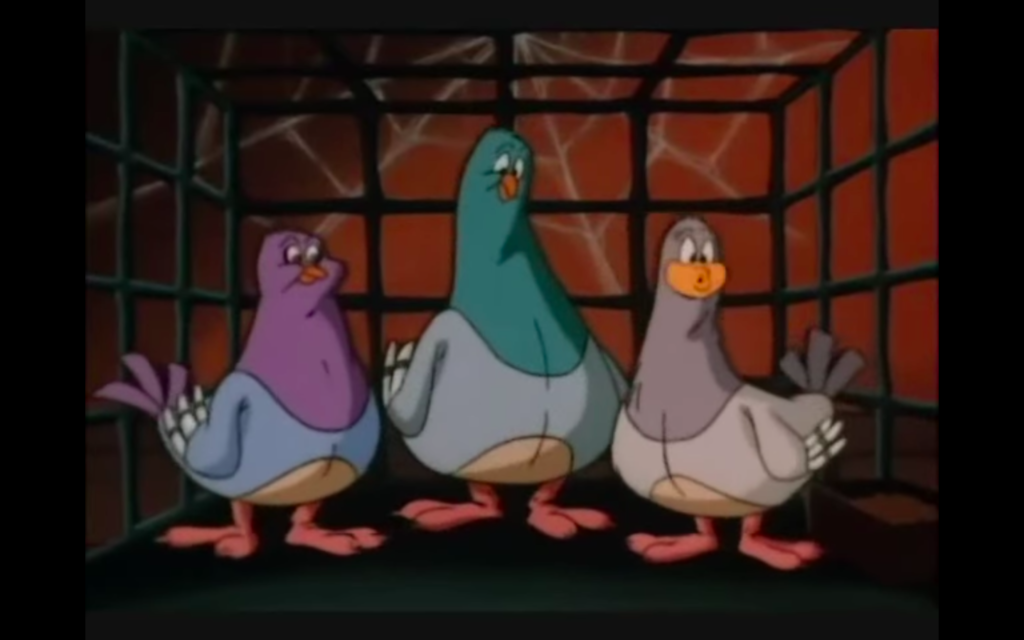Below you’ll find a Pinocchio-themed email I wrote a year ago for a new course on essential oils.
This email is short (I wish I could always write such short emails).
And yet, it has all the elements that I normally put in to promote a health product:
1. Something cute/funny/interesting
2. Something informative/useful
3. A related call to action
Here goes:
SUBJECT: Essential Oil Pleasure Island
In Disney’s fantastic 1940 film Pinocchio, there’s a place called Pleasure Island.
Pinocchio winds up there on the advice of a sly fox called Honest John.
At first, Pleasure Island appears to be every boy’s dream.
You can do whatever you choose: play pool, smoke cigarettes, even get drunk.
However, the place hides a horrible curse.
The stray boys who end up there eventually turn into donkeys and are sold into slave labor.
That’s exactly what happens to Pinocchio’s friend Lampwick, while Pinocchio manages to get away with only some donkey ears and a tail.
This is the cute part — simply telling a cautionary tale that’s clear, easy to understand, and is likely to draw a smile. Continuing:
Now I’m sure this Pleasure Island can be a metaphor for many things in life.
But if you’re curious about essential oils, then I just want to warn you about the many “Honest John” characters out there on the Internet.
They’ll tell you to do whatever you want with essential oils: drink them, massage them onto your skin undiluted, even cook with them.
Beware.
There’s a price to pay for listening to that misleading advice, usually in the form of a rash or a burn or an allergic reaction.
This is the informative part. Nothing super heavy here, but useful to essential oil newbies — the target audience for this course.
The fact is, safe and reasonable use of essential oils might not seem as exciting at first, but it’s a lot more sustainable and useful in the long run.
My new EO Pioneers course tells you how to avoid Essential Oil Pleasure Island, or if you’ve already landed there, how to get away without donkey ears or a tail.
If you don’t want sly foxes leading you by the nose, here’s more information on this new course:
www.unusualhealth.com/essential-oil-pioneers/
Finally, this is the call to action. Again, nothing complex here — simply a brief explanation of what the course is about, and how it can help you if you’re new to essential oils (along with a bit of call-back humor).
And that’s all it really takes.
As easy as 1-2-3.
If you want more examples of how I’ve used this simple template to sell supplements as well as health info courses, you might like to sign up for a free copy of my upcoming book on email marketing:







